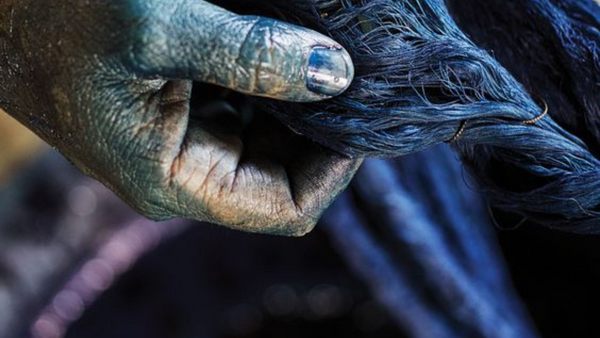In the evolving world of fashion, two terms consistently stand out as catalysts for change: slow fashion and sustainable fashion. While they share common goals of transforming the industry for the better, they each offer unique perspectives on how to achieve this transformation.It's crucial to understand the distinctions between these movements and how they work together to shape a more ethical fashion environment.

The Essence of Slow Fashion
Slow fashion is not just a trend; it's a comprehensive approach to rethinking how we view clothing. This movement invites us to embrace ethical production, prioritize transparency, and celebrate the art of craftsmanship. It's about choosing quality over quantity, investing in garments that not only last longer but also hold greater personal value. Slow fashion advocates the idea of connecting with what we wear, knowing the story behind each piece, and acknowledging the hands that crafted it. It encourages us to step away from the relentless cycle of fast fashion and instead curate a wardrobe that reflects our values and individuality.
The Mission of Sustainable Fashion
Sustainable fashion zeroes in on the environmental aspect of our clothing choices. It's a call to action to reduce the ecological footprint of fashion by utilizing eco-friendly materials, minimizing waste, and leaning towards renewable resources in production. The goal is to establish a closed-loop system where clothes are designed, made, and eventually recycled or upcycled with minimal environmental impact. Sustainable fashion is about making informed choices today to ensure a healthier planet tomorrow.

From Momentary Trends to Timeless Pieces
Slow fashion advocates for a wardrobe that transcends seasons and trends, focusing on durability and timeless appeal. It's an invitation to slow down, to choose pieces that withstand the ebb and flow of fashion fads. On the flip side, sustainable fashion emphasizes immediate measures to incorporate eco-friendly practices in the here and now, ensuring that each step in the clothing lifecycle is as green as possible.
Shaping Consumer Behavior
Both movements seek to reshape our relationship with fashion. Slow fashion urges us to be more intentional shoppers, to value the narrative and quality of our clothes. Sustainable fashion educates us on the ecological ramifications of our purchases, urging us to support brands that are committed to green practices from start to finish.


